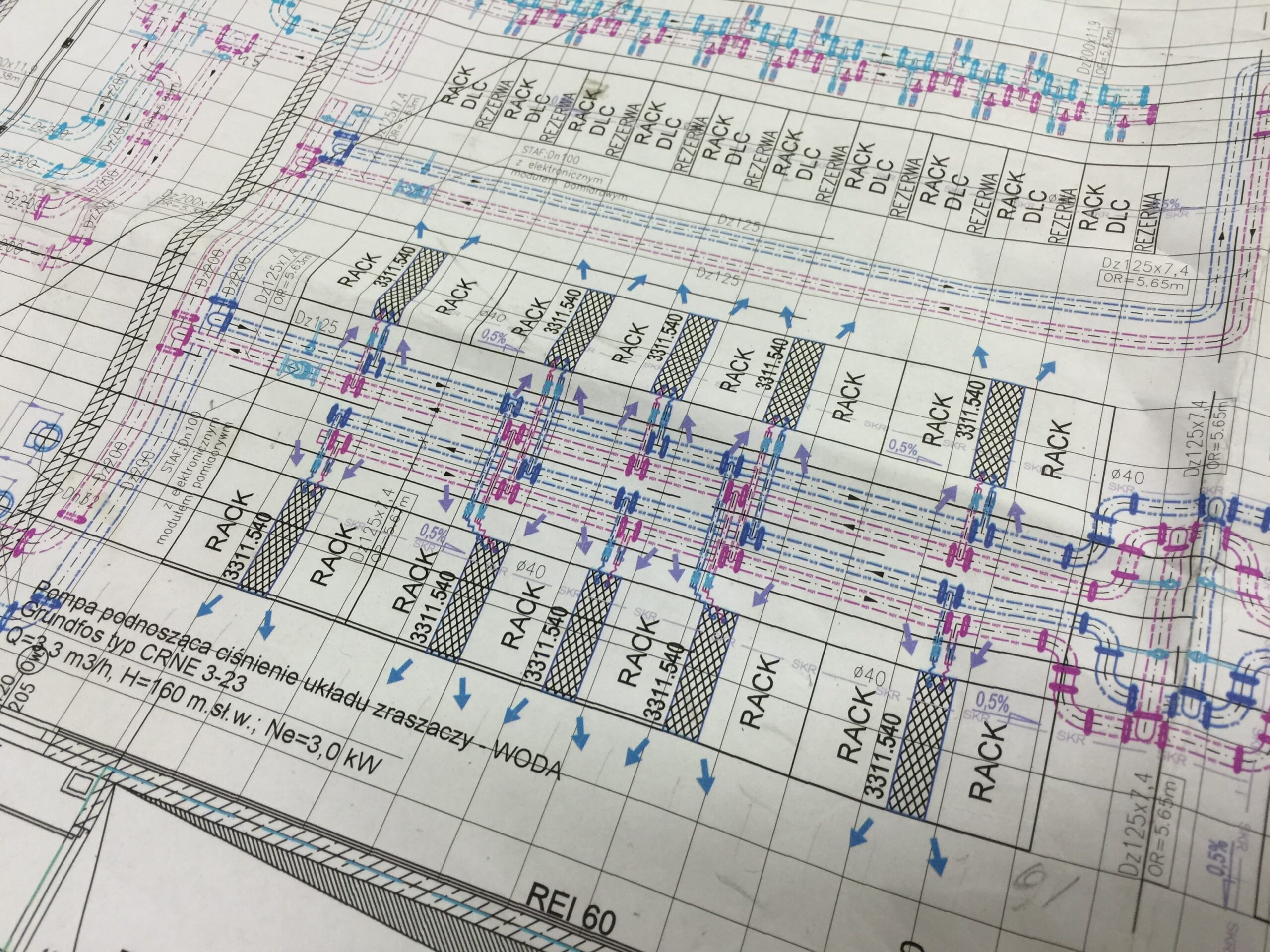Liquid Cooling as Irreversible Trend of the Future.


Home » Liquid Cooling as Irreversible Trend of the Future


DCX Liquid Cooling Systems is a premier global manufacturer offering an extensive range of sustainable liquid cooling solutions, including both Direct Liquid Cooling and Immersion Cooling technologies. The company designs & manufactures Server Immersion Enclosures, Coolant Distribution Units (CDUs), CPU and GPU coldplates, manifolds and other components of liquid cooling system. DCX delivers Hydro & Immersion Containers and facility-based systems. DCX supplies Immersion Optimised Dry Coolers and a Thermasafe Dielectric Engineered Fluids. Hardware solutions are complemented with liquid cooled data hall design and implementation services, making DCX the first choice for liquid cooling systems supplier.
DCX POLSKA SP. Z O.O.
Poleczki 23,
02-822 Warsaw, Poland
Registration Number: 383547173,
VAT Identification: PL9462689288
DCX INC.
1221 College Park Dr, Dover,
DE 19904, United States
Registration No. 6620944
